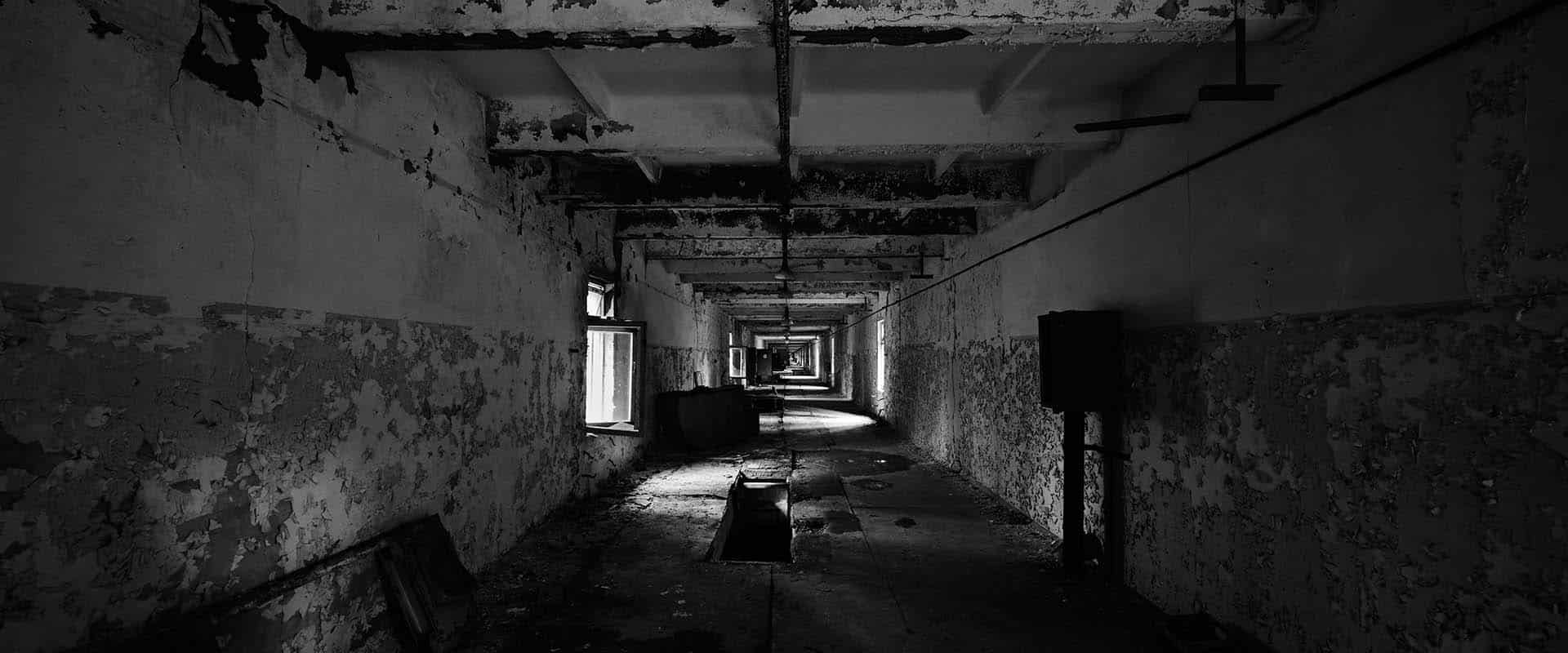The creeping humidity of basements can transform a haven of peace into an unsanitary ordeal… This is a reality that too many owners are familiar with. Water, this vital element, paradoxically becomes a silent enemy that eats away at the foundations of our homes; It creates an environment conducive to mold growth and material erosion. Waterproofing the basement is therefore not a task to be taken lightly: it is a technical necessity as well as a guarantee of peace of mind for any owner concerned about preserving his real estate investment and the health of the occupants.
In this article, we will reveal the secrets of a dry basement that is preserved thanks to modern waterproofing techniques. You will also discover the surprising advantages of an approach that is often perceived as restrictive but which, in reality, is imbued with lasting benefits. Through this practical guide, we will navigate between expert advice and simple tips to help you in your quest for a dry and healthy home.
Armed with the right knowledge, you will understand why waterproofing is far from being an unnecessary burden; rather, it is an essential (and often economically advantageous in the long term) preventive approach. This is the beginning of a journey towards the assurance and sustainability of your wealth.
Identification of problems

Before even thinking about solutions, it is necessary to identify the evil. Is it lateral infiltration? Rising capillaries? Or structural cracks? Each problem has its own solution; This is where the first decisive step lies. A careful analysis will determine the precise origin of the damp: the clarity of the diagnosis determines the effectiveness of the treatment.
Once the diagnosis has been made, the extent of the damage is measured. Are they superficial or deep? Transient or chronic? The answer to these questions will guide the choice of waterproofing methods. Sometimes all it takes is small adjustments… Other times, it’s a whole strategy that needs to be rethought.
To complete this first phase of evaluation, it is wise to call on a professional. The latter will no doubt use various instruments (hygrometers, thermal cameras, etc.) to refine his verdict. Remember: an ad hoc intervention is always preferable to an inappropriate remedy!
Waterproofing techniques
Basement waterproofing is available in several techniques; each responding to a specific type of infiltration. Bituminous plasters are one of the traditional solutions: applied to buried walls, they form a barrier against humidity. But this is only one option among many…
Waterproof membranes are also popular for their formidable effectiveness. Whether they are liquid membranes applied with a brush or roller or those in prefabricated sheets (PVC or rubber), they guarantee optimal protection when they are applied rigorously.
Finally, let’s not neglect peripheral drainage systems (internal or external): they collect and evacuate water before it reaches the sensitive structures of the building… These devices can be supplemented with sump pumps to effectively control the water level in the surrounding soil.
Health and structural benefits
Fighting against humidity is not just about protecting walls; it is above all to improve the quality of life within the household. Indeed, a waterproofed basement eliminates many allergens such as mold and dust mites – sworn enemies of sensitive people or asthmatics.
Structurally… Picture this: rock-solid foundations preserved for the long term! Waterproofing prevents water from weakening concrete and mortars… It thus actively participates in the integral conservation of the building – which may be important in the event of a future resale.
In addition, (and not without interest), certain measures can lead to substantial savings on your energy bill! Sealing the basement increases its insulating capacity… Less humidity means less heat transfer: in other words, less heating in winter and less air conditioning in summer.
Practical considerations
Addressing the financial issue is essential: what budget should you provide? Of course, this varies depending on the method chosen and the scope of the project… But keep in mind that “caution is the mother of safety”: it’s better to invest in a sustainable solution now than to pay for expensive repairs later.
It is also essential to comply with the standards in force when carrying out waterproofing work – legal as well as technical issues… Some products require specific approval; As for the work itself, it often needs to be done or at least validated by a certified professional.
Finally, think about ecology! Some techniques are more environmentally friendly than others… If possible, opt for those that minimize their carbon impact and favor recyclable materials or materials made from renewable resources.
Towards a preserved habitat
In short, waterproofing your basement can seem complex or even discouraging at first; But “he who wants to travel far takes care of his horse”… Taking care of foundations today ensures peace of mind tomorrow – whether financially, ecologically or health-wise.
Let us always remember that our home is much more than just a structure; it is our refuge (and that of our family). Making it impervious to the vagaries of water is not only a constructive act… It also means giving them love and attention – two essential components for any place where the family heart beats.
With this article as a handy compass on your journey to underground waterproofing, you are now equipped to take on unwanted groundwater with confidence. May your path be punctuated by enriching discoveries and lead to a dry and healthy home!
